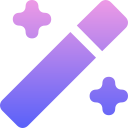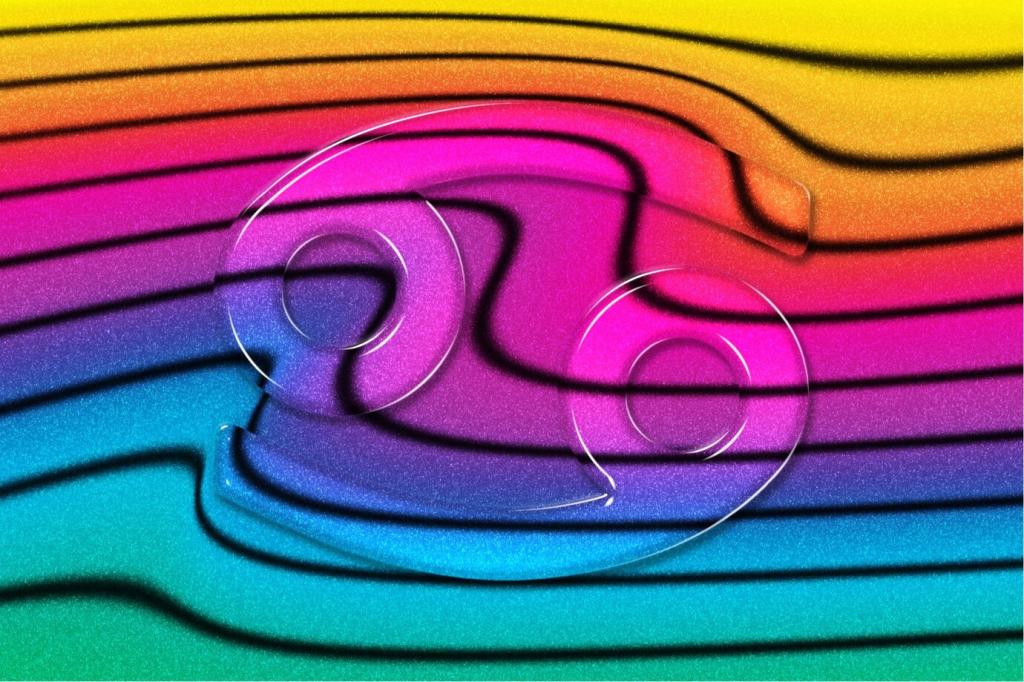Meaning Matters: Culture, Identity, and Personal Preference
In some cultures, white implies celebration; in others, mourning. Red can symbolize luck or warning. Before painting, ask employees about color associations, then tailor zones. Teams that co-create palettes report fewer misunderstandings and higher ownership, which translates into steadier motivation and healthier collaboration.
Meaning Matters: Culture, Identity, and Personal Preference
Bright saturations may overstimulate some teammates, creating fatigue, headaches, or avoidance. Offer quiet, low-chroma spaces and adjustable lighting to protect motivation. A neurodiverse analytics team thrived after moving to softer blues and grays, reporting longer productive stretches and fewer breaks forced by eye strain.
Meaning Matters: Culture, Identity, and Personal Preference
Invite employees to vote on accent swatches, not just managers. Provide three balanced options and discuss task fit openly. When people help choose colors, they defend the choice and maintain the space more carefully. Tell us how you’ll gather input, and we’ll share a one-page facilitation guide.





